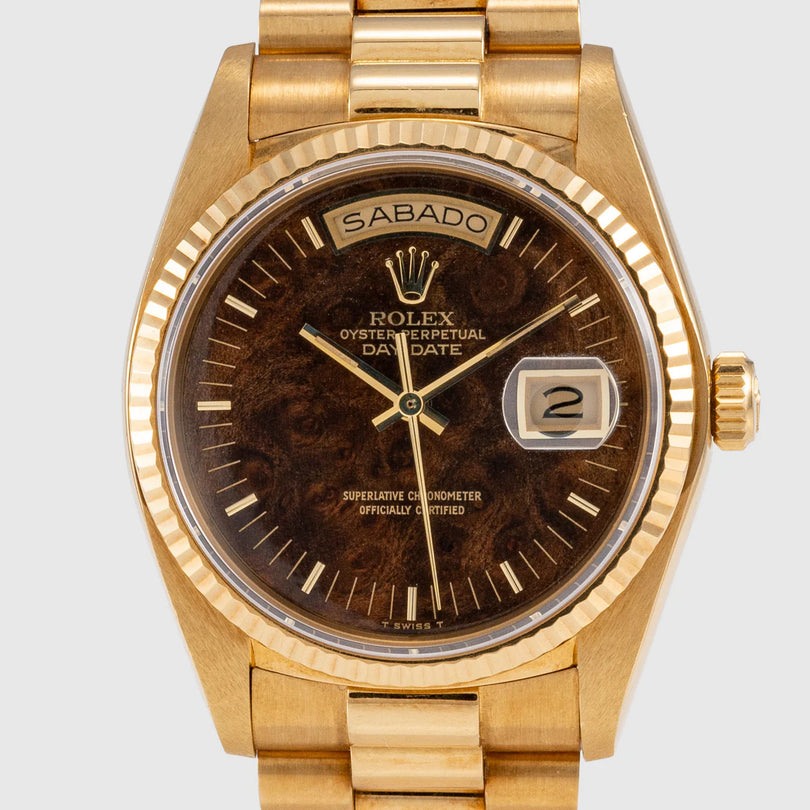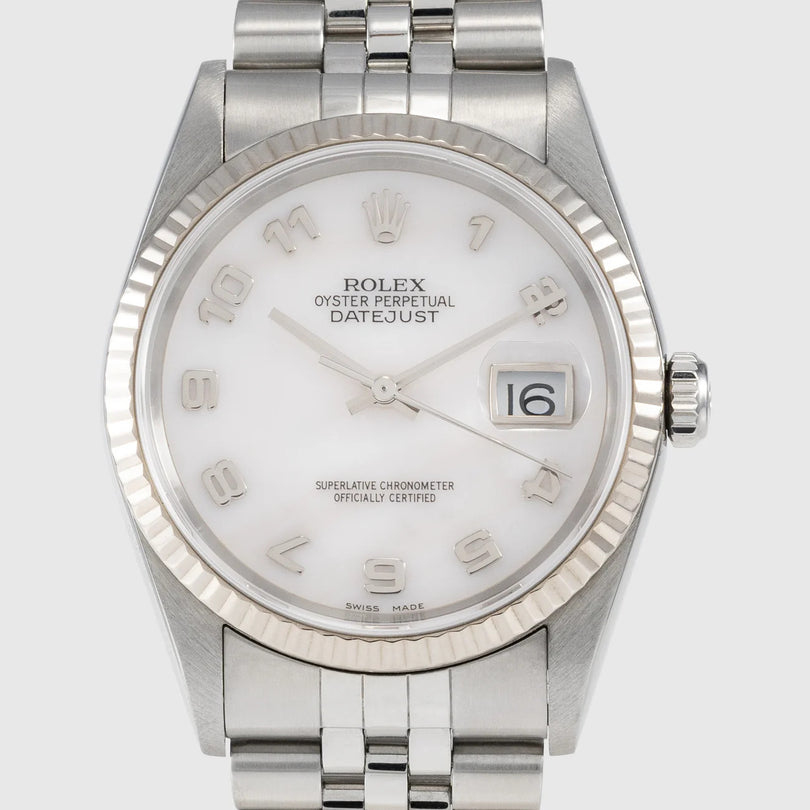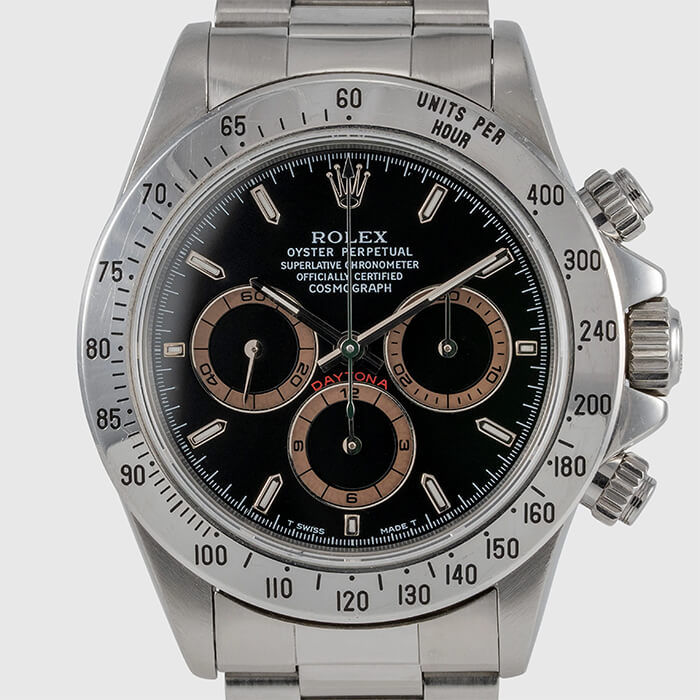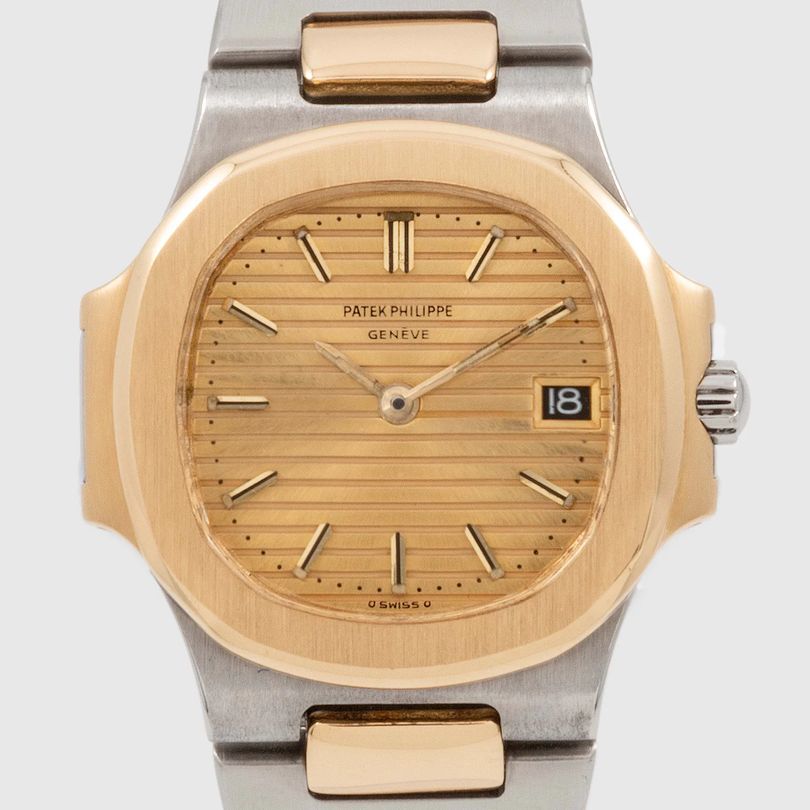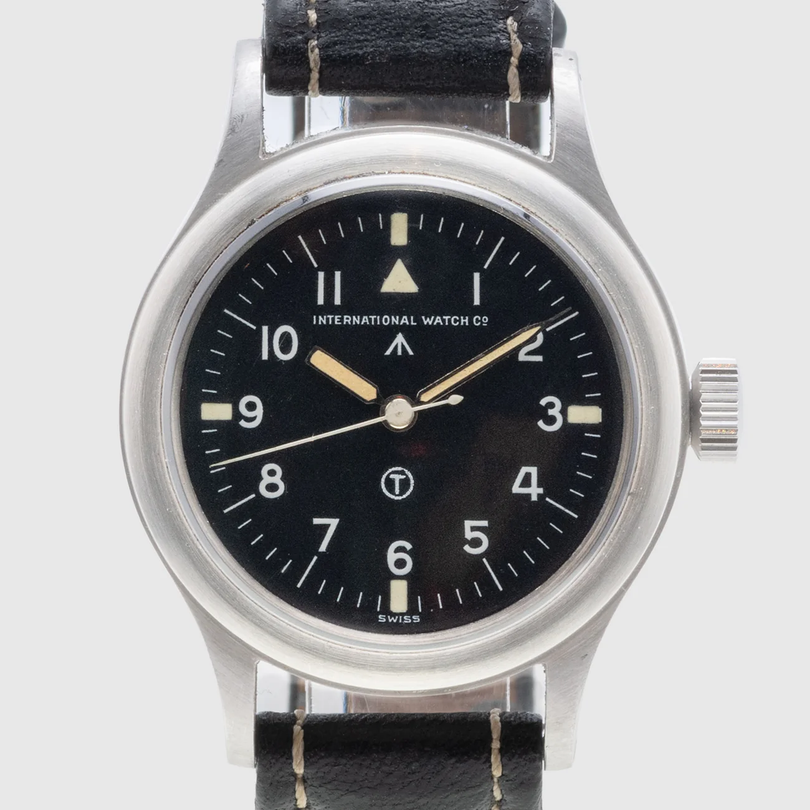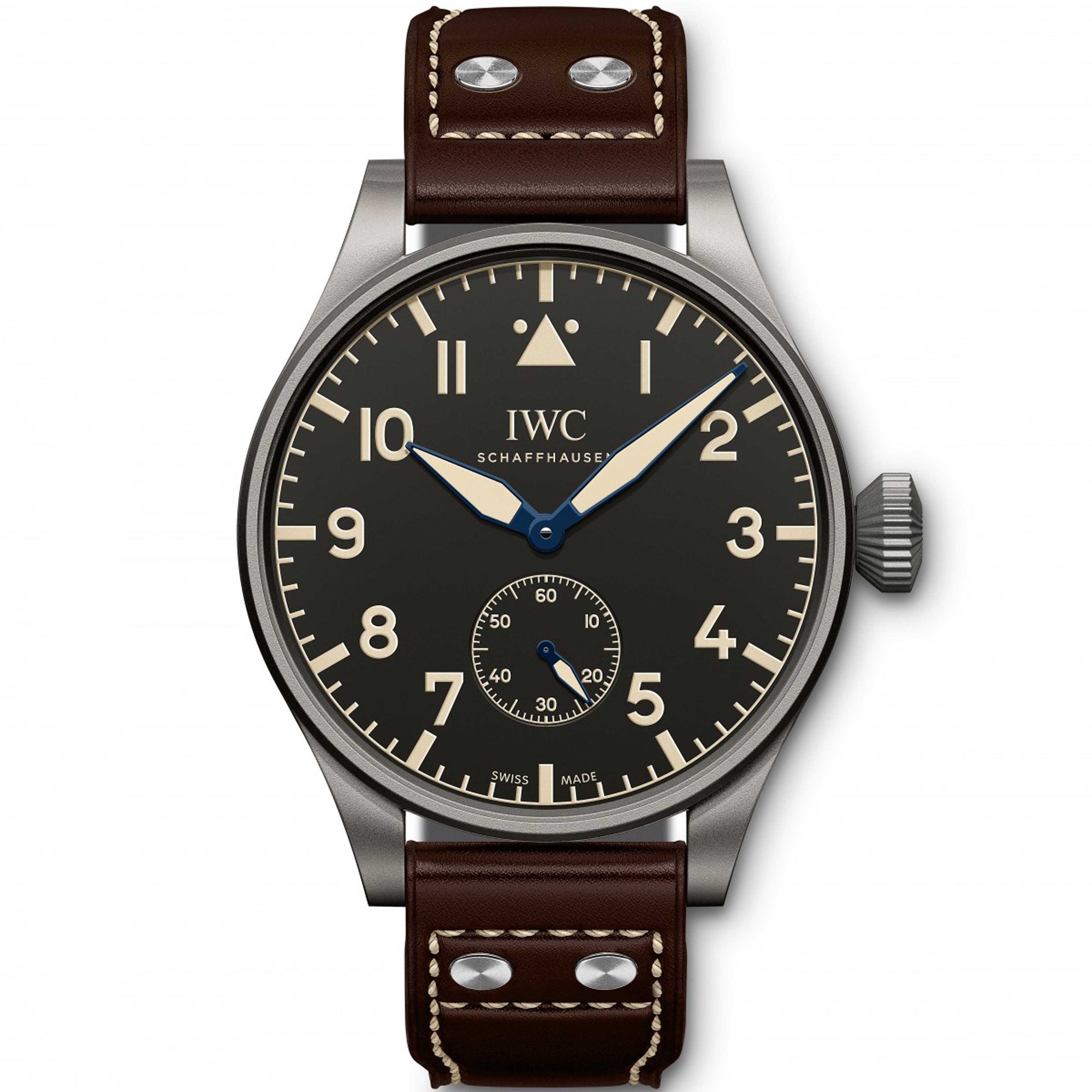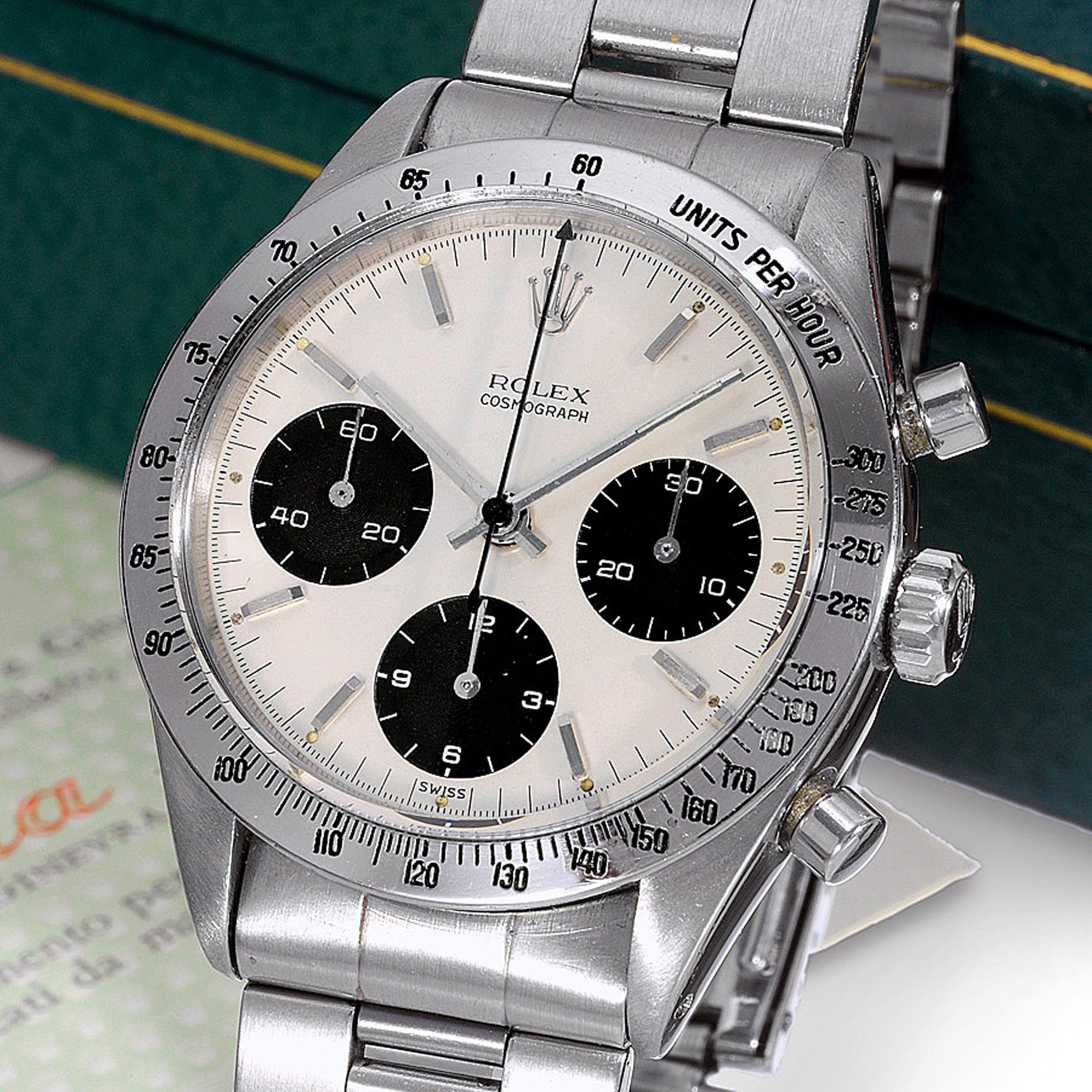
Owning a mechanical wristwatch, especially a vintage, is like being in a very special relationship. And as with all relationships, it takes a little care and maintenance to ensure that it’s a long and rewarding one.
In today’s digital consumer age people rarely get very attached to their mobile accessories. At least not in the way that people did in the past. A new smartphone or even a smart watch isn’t intended to last for generations – instead, you’ll keep it for perhaps only a few years at most. We don’t ‘bond’ with our gadgets the way our grandfathers ‘bonded’ with their pocket watches or wristwatches.
In the early part of the last century, people understood that something as delicate and exquisite as a fine wristwatch needed regular maintenance and care. It was a treasure and an investment. People knew that a fine watch could be passed down to future generations. It’s one of the things I enjoy most about watches.
In my many years as a watch specialist, I’ve seen vintage watches in all conditions – some were mint, and others that were obviously abused. It’s a pity to find a really fine old watch that is so neglected that it can basically only serve as spare parts. So in this article, I’d like to share some advice about the proper care for a vintage watch.

- Most importantly: keep your vintage watch clean and dry. The average mechanical watch from early in the last century was produced without a properly sealed case back or crystal gasket, and often without a waterproof crown. Even if the watch is marked as “water-resistant” you still need to test that it’s still sealed, especially if it’s very old. The fact that it’s not completely sealed means that the interior of the watch will be penetrated by moisture, dust, flakes of skin, and even tar from cigarette smoke.
This can pack on to the movement and discolor and corrode the dial. Over time all those tiny particles act like sandpaper in between the moving parts. It can wear pivots, damage pinions, and create jewel holes. The presence of moisture will create rust, ruin a dial's finish and pit the hands.

- Avoid exposing your watch to strong magnetic forces. Things like audio speaker magnets are quite powerful, and can completely ruin a mechanical watch. Fortunately, if this happens to your watch, a jeweler's demagnetizer can fix the problem in most cases.
- Avoid exposing your watch to corrosive chemicals. Even something seemingly as harmless as wearing perfume or cologne on the wrist that your vintage watch is on can have a negative effect over time. Spilling alcohol on a watch is another problem. Alcohol or solvents can influence the viscosity of the little bit of lubrication that your watch needs to run perfectly.
- Wind your watch and set the time regularly. Even the most accurate mechanical watch loses a few seconds here and there. If you own a self-winding or automatic watch, it's still a good idea to give your watch a bit of a manual wind from time to time, especially if it has been in a drawer for a day or more. A full wind on any watch’s mainspring will always provide the most accurate timekeeping. If you wear your watch only from time to time, it's a good idea to wind it fully every week or so. When the winding mechanism becomes tight, stop winding to avoid damaging the watch.
- Beware of dropping your watch. While some parts on certain watches can be replaced relatively easily and relatively cheaply, this isn’t usually the case. Rare components that need to be found or made could end up costing a fortune, and seriously impact what your watch is worth. For example, the pivots on the balance staff of a watch are very thin and delicate. If a watch is dropped or knocked, the shock can bend or break the balance staff's pivots and cause the watch to stop or run inaccurately. Pocket watches and early wristwatches were both subject to this problem.

- Have your watch serviced. Every three to four years your vintage watch needs to be seen to by a qualified technician. Even if the watch is still running, and keeping time, more or less, it’s still a good idea to get someone with the proper skills and equipment to examine the Amplitude, Beat Error, Positional Error, and Acceptable Rate. The kiosk at the mall won’t be sufficient.
With the proper care and attention, your wristwatch will remain your trusted companion for many years. Think of it as a delicate work of art, a thing of beauty to be preserved and passed on to the next generation in proper working order.

